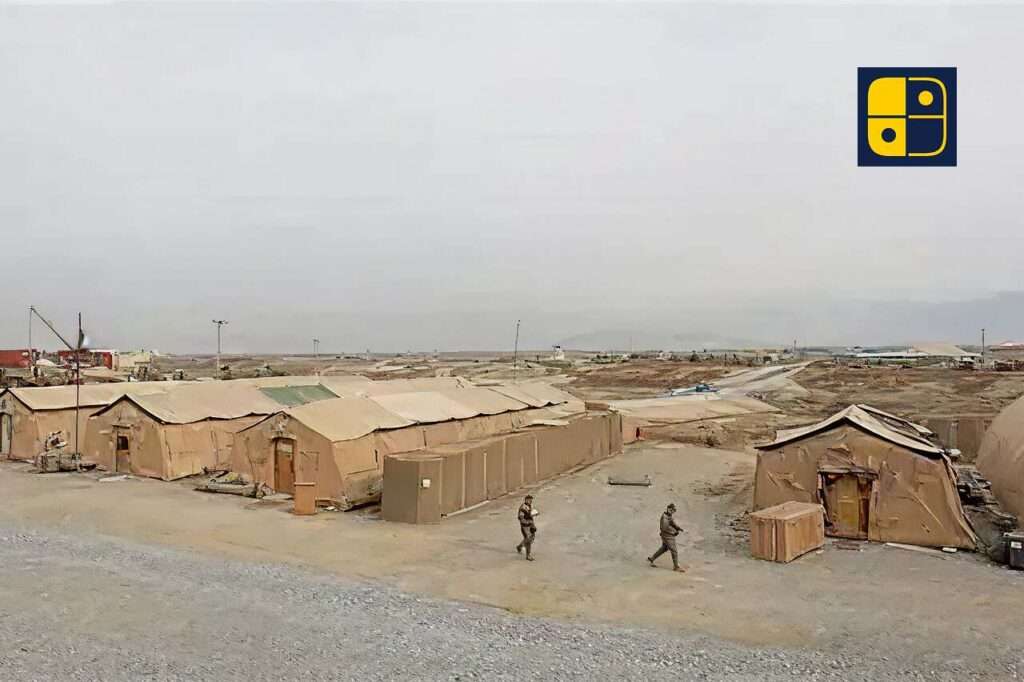President Donald Trump announced plans to reacquire Bagram Air Base in Afghanistan, a plan that the Taliban immediately dismissed. Bagram was the largest US military installation in Afghanistan and is located oddly enough right next to China, Iran, Pakistan, and Central Asia. The interest in Bagram is not for counterterrorism, but rather for great power competition, specifically vis-a-vis China. From Bagram, the U.S. could monitor China’s Xinjiang region, Iran, Kashmir, and Central Asia while still maintaining influence over trade and security in the region.
The push also fits Trump’s plan to assess great power competition and influence in response to China and Russia, while also securing access to Afghanistan’s rare earth minerals, where the Chinese have already made in-roads. The employment of the recent new US Ambassador to India, and the special envoy to South and Central Asia Urgio Gore suggests that Washington wants to utilize India’s ties across the region, even with the Taliban, for its own leverage. To this end, the acquisition of Bagram is part of a calculated US plan to re-establish influence and power in a contested and volatile geopolitical environment.

